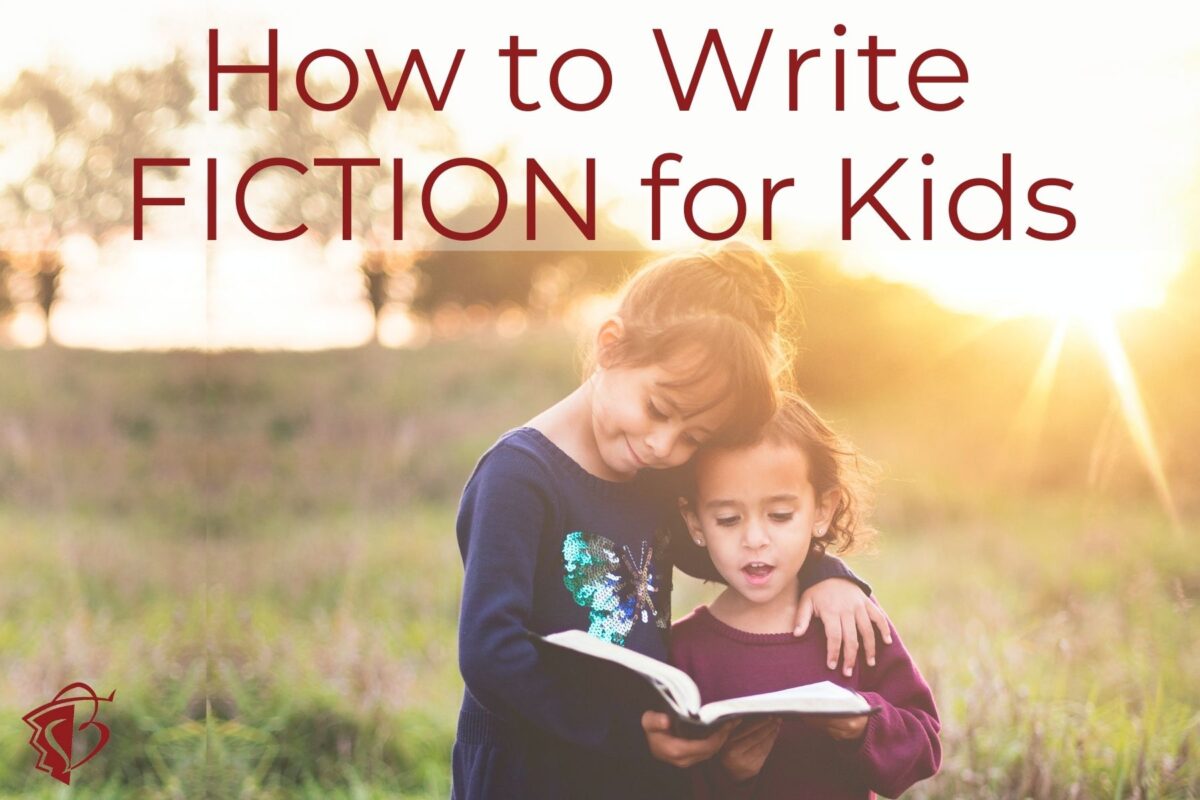I guess I’m an extreme version of what I’ve heard called a “pantser.” Not only do I plot by the seat of my pants, I do everything that way. I’ve read the usual books on writing (Writing Down the Bones by Natalie Goldberg, On Writing by Stephen King, Plotting and Writing Suspense by Patricia Highsmith) and found them more inspirational than nuts-and-bolts helpful.
I’ve written some 30 books for kids, most of them novels for ages 8–12. In the process, I’ve gone ahead and figured out nut twisting and bolt securing all on my own.
Are you interested in writing for children? The following 10 (easy?) steps work for me and are offered here in hopes they might work for you, too.
Start at the very beginning
1. Come up with a germ. This might be:
- A character you’re interested in knowing more about.
- A situation that strikes you as odd, amusing, poignant, or fraught.
- Perhaps it comes from your own life.
- Perhaps it is wholly fictitious.
- Perhaps it is ripped from the headlines.
- An event or setting you’d like to explore.
- A theme you’d like to develop.
- It should be something children care about.
- It can be as broad as friendship or the relationship between child and parent.
- Beware of didacticism; unless your name is Aesop or Berenstain, it rarely sells.
You are going to need characters
2. Create a main character.
- This is usually a child but may be an animal standing in for a child. It is not, in any event, a tiny adult masquerading as a child, so have some knowledge of how actual children behave.
- Pay special attention to how the character talks because most books for kids have lots of dialogue.
- The main character should be appealing; both your reader and your editor will be spending many pages with him/her.
- You should know much more about the character than what appears on the page.
3. Give your main character a problem to solve.
- This can be fanciful or realistic.
- It is not necessarily a problem an adult would find difficult, but it should be a problem a child would find difficult.
- Solving the problem enables the main character to grow.
4. Create secondary characters.
- How do they help/hinder the main character in his/her quest?
- Grown-ups are important to children, but don’t let them take over the book, and never let them solve the problem for the main character.
- Avoid bringing in characters from central casting (e.g., the feisty freckled redhead, the uptight older teacher).
Plot your plot
5. Write a broad plot outline so you know where you are heading.
Plot generally is:
- Your main character’s acquisition of the tools to solve the problem.
- Your main character actually solving the problem.
- A common plot twist is for the problem to be solved but not exactly the way the main character intended/expected.
6. Come up with a whiz-bang opening scene that sets the stage for the book.
A useful rule from screenwriting: Provide everything you need to know in the first 30 seconds.
7. Come up with a whiz-bang climactic scene that would be dynamite on the big screen.
- This is not the ending but the inflection point, where everything changes.
- There may be exploding helicopters, or figurative exploding helicopters.
- In my book Zap!, for example, it’s when the bad guys set fire to the house where the hero and his friend are busy saving the city.
Be flexible
8. Follow your plot outline as you write, but don’t be afraid to digress and free-associate.
You never know when an idea that comes out of nowhere will turn out to be the key to the whole darned story.
9. When you get tangled up in plot, don’t panic.
Frame the sticking point as a question; be as specific as possible. Mantra: To ask a question is to answer it.
Stick the landing
10. Write an ending as satisfying as the couplet that ends a sonnet, perhaps repeating a phrase or sentence that was significant elsewhere in the book.
The phrase, “Life is not a bowl of cherries,” recurs in my book, Effie Starr Zook Has One More Question. At the very end, Effie is hosting a party and says, “Who wants another glass of ginger ale? We’ve got plenty of cherries.”

Thank you for your terrific post, Martha. A step-by-step approach is a helpful framework to work with.
You’re welcome! Please put it to good use and report back!